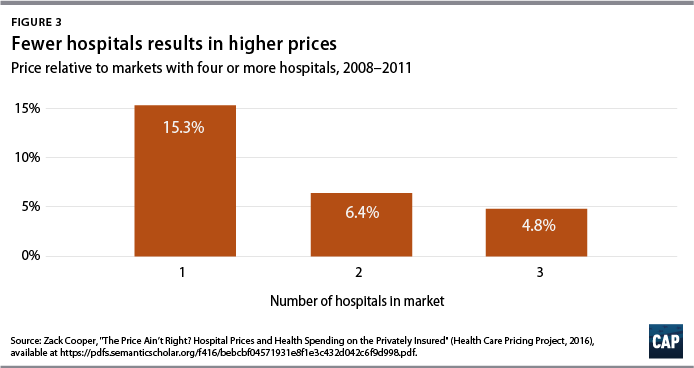

When the budget is being prepared for the next year, the head teacher thinks that he will need to employ two new members of staff to teach languages, who will be paid a salary of $30,000 each (before any pay rises) and also, that he will need to give all staff members a pay increase of 5%. Let's say that in one particular year, staff salaries were $1.5m. The current year's budget or actual performance is a starting point only.Ī school will have a sizeable amount in its budget for staff salaries. Of course it does by definition, an 'increment' is an increase of some kind. It is a common misapprehension of students that one of the biggest disadvantages of incremental budgeting is that it doesn't allow for inflation. These incremental amounts will include adjustments for things such as inflation, or planned increases in sales prices and costs. Incremental budgeting is the traditional budgeting method whereby the budget is prepared by taking the current period's budget or actual performance as a base, with incremental amounts then being added for the new budget period. Both of these have been used in both public sector and private sector organisations, with varying degrees of success. The purpose of this article is to critically evaluate the two main methods for preparing budgets - the incremental approach and the zero-based approach. Therefore, budgeting naturally focuses on inputs alone, rather than the relationship between inputs and outputs. What is easier to compare is the relationship between how much cash is available for a particular area and how much cash is actually needed. In a hospital, on the other hand, it is difficult to define a quantifiable relationship between inputs and outputs. There is a direct relationship between the expenditure that needs to be input in order to achieve the desired level of output. In a private company the output can be measured in terms of sales revenue, for example. Just as objectives are difficult to define quantifiably, so too are the organisation's outputs. This leads onto the next reason why budgeting is particularly difficult in the public sector. This is difficult to define in a quantifiable way, and how it is actually achieved is even more difficult to define.

If, on the other hand, you are budgeting for a public sector organisation such as a hospital, then the objectives may be largely qualitative, such as ensuring that all outpatients are given an appointment within eight weeks of being referred to the hospital.

The meeting of this objective can then be set out in the budget by aiming for a percentage increase in sales and perhaps the cutting of various costs. For example, a private company's objectives may be to maximise profit. In the public sector, the budgeting process can be even more difficult, since the objectives of the organisation are more difficult to define in a quantifiable way than the objectives of a private company.

It is often an arduous process, however, and often strikes dread in the hearts of those involved in budget preparation. The budgeting process is an essential component of management control systems, as it provides a system of planning, coordination and control for management.
#Hospital activity cost examples professional


 0 kommentar(er)
0 kommentar(er)
